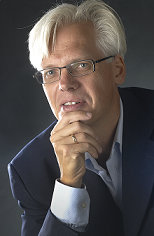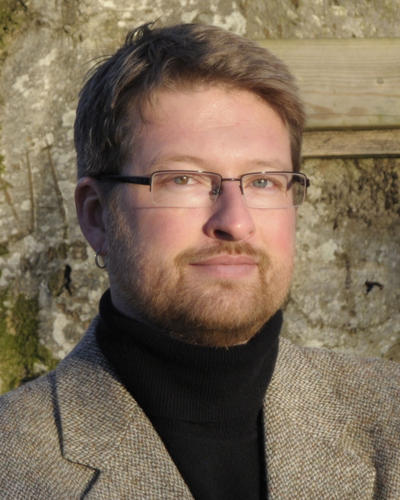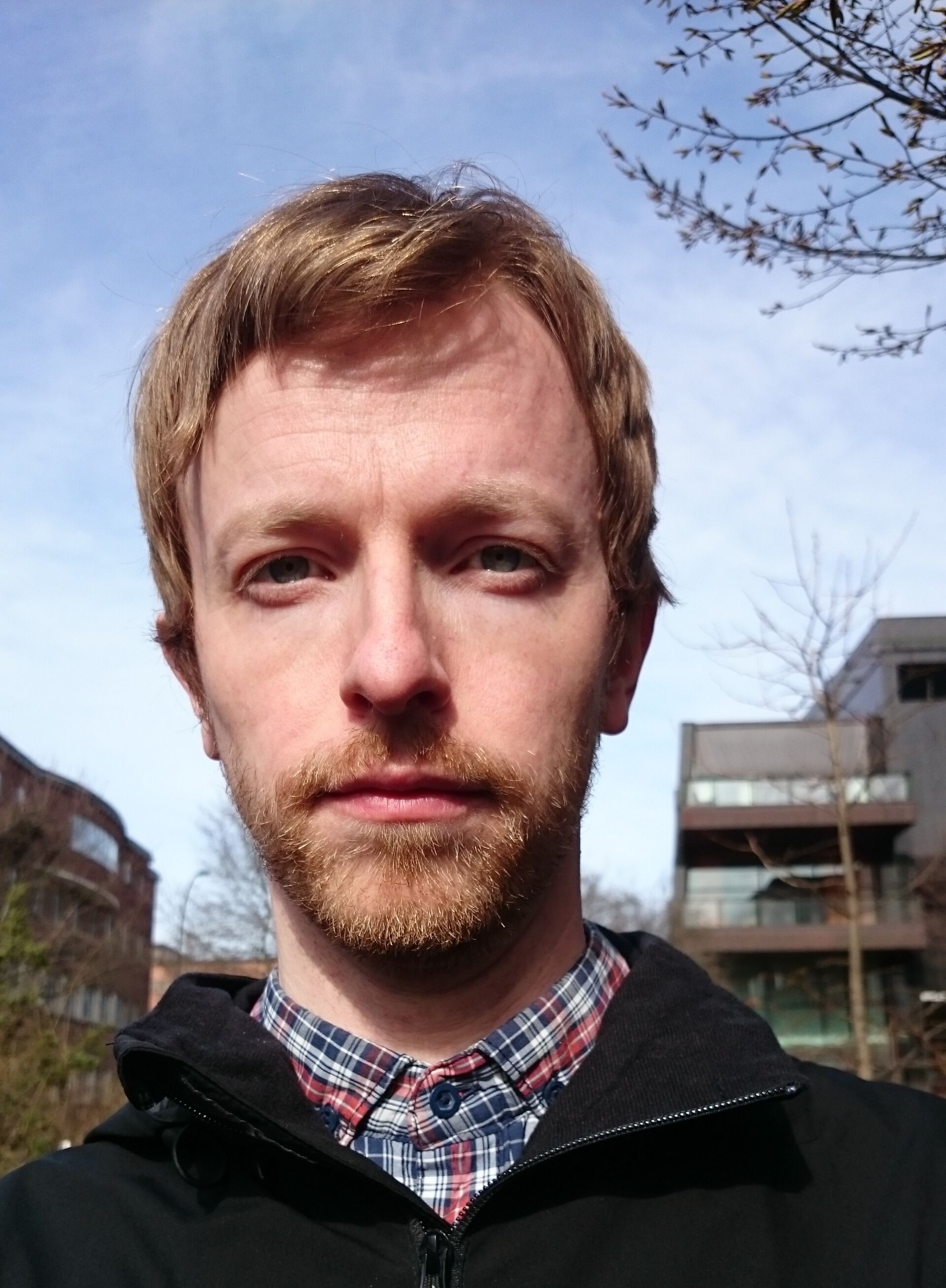This seminar explores the mechanisms behind the creation of canons, both secular and religious, as well as their implications, from a thoroughly interdisciplinary perspective.
The lecturers at the seminar represent a broad range of fields within the humanities, law, and theology, and a wealth of theoretical and methodological approaches will be presented.
The seminar also offers lectures on academic skills and the opportunity for the participating PhD-students to engage in interdisciplinary discussions of each other’s ongoing dissertation work.
Program - PhD seminars - Research seminars - Abstracts - Participants (.pdf) - Syllabus
Program
The program consists of
-
PhD seminars with paper presentations and responses
-
Research seminars
-
Seminars on academic skills
-
“Academic Writing.” Dr. Michael Grote, University of Bergen Library.
-
“How to Communicate Your Research to a Larger Audience? Media and the Scientist.” Nina Kristiansen, editor of forskning.no
-
Program (.pdf)
PhD seminars
Please read the ATTR-Bergen seminar guide (.pdf) carefully before preparing your paper and your response.
In all ATTR seminars and summer schools, the PhD fellows’ own presentation of papers based on their dissertation work, with prepared responses by other PhD students, is central.
The focus of the discussions will be primarily on methodological matters and interdisciplinary insights.
Paper submission
Deadline September 25, 2017.
Written response
Deadline October 10, 2017.
Research seminars
Theme
The research seminars explore how the notion of a canon, as a real or imaginary list of texts that are deemed in some sense to be authoritative by a community or group of people, can be a highly fruitful interdisciplinary concept in the humanities, law, and theology.
The seminar offers lectures that from the perspective of a multitude of academic fields present wide-ranging theoretical approaches to the concept, as well as concrete historical and contemporary examples of textual canons taken from a range of both secular and religious traditions.
The seminar will not only explore how a canon affects the status and interpretation of texts that are considered canonical, but also on the understanding of texts on which such a status is not conferred, as well as on the creation of further texts and discourses that are dependent on the canonical by way of citation, allusion, rewriting, and commentary.
Moreover, the interpretive impact of canons of scholarship in our academic disciplines and sub-disciplines will be highlighted and brought up for discussion.
Research seminars (in order of appearance)
- Einar Thomassen, Professor, Faculty of Humanities, University of Bergen: “Canonization and Codification”
- Ulrika Mårtensson, Professor, Faculty of Humanities, NTNU: "Scribes, Manuscripts and Variant Readings: Implications for Interpreting Doctrine on the (Un)created Qur'an”
- Anders Klostergaard Petersen, Professor With Special Responsibilites, Aarhus University: "Authoritative Texts and Their Reception in Light of Peircian Semiotics: Textual Apotheosis by Cannibalisation and Usurpation."
- Jørn Øyrehagen Sunde, Professor, Faculty of Law, University of Bergen: “From Jerusalem to Bergen – How Psalm 85 became a cornerstone in Norwegian state formation in the High Middle Ages”
- Helge Årsheim, Postdoc., Faculty of Theology, University of Oslo: “Canons on the Loose? The Mutual Constitution of Human Rights, Law and Religion”
- Helge Jordheim, Professor, Faculty of Humanities, University of Oslo: Contextualization and Canonization. Competing Strategies of Interpretation?
Abstracts
(in order of appearance)
Einar Thomassen: “Canonization and Codification”
 In the fourth and fifth centuries, the final composition of the Christian Bible took place. At about the same time, Roman law was collected in the form of a written compilation, the Codex Theodosianus (to be followed a century later by the Codex Justinianus). The canonisation of Holy Scripture and the written codification of Law seem to be parallel manifestations of a desire to standardise the beliefs, norms, and institutions of the late Roman Empire. At the same time, Jewish law was codified, in the form of the Talmud, for the only legitimate non-Christian community in the Empire.
In the fourth and fifth centuries, the final composition of the Christian Bible took place. At about the same time, Roman law was collected in the form of a written compilation, the Codex Theodosianus (to be followed a century later by the Codex Justinianus). The canonisation of Holy Scripture and the written codification of Law seem to be parallel manifestations of a desire to standardise the beliefs, norms, and institutions of the late Roman Empire. At the same time, Jewish law was codified, in the form of the Talmud, for the only legitimate non-Christian community in the Empire.
In this lecture, we will look at the processes of canonisation and codification in the areas of religion and law, and ask whether a comparison of those processes, noting differences as well as similarities, is able to provide some new insights into each of them. What were the purposes of these processes? What were their effects? Do they tell us something about the relationship between religion and law? Is there religion in law, and law in religion? Do they tell us something about a new culture of the written word and the book? What institutions were necessary in order to support that culture?
Ulrika Mårtensson: "Scribes, Manuscripts and Variant Readings: Implications for Interpreting Doctrine on the (Un)created Qur'an”
Within the Qur’anic text, the concepts language (lisān) and writing (kitāb) link together a specific linguistics with a canonical self-identity as Covenant. Covenant builds on the coupling of a prophet, who communicates the divine message to the (here) Arabic speaking people, with a scribe, who writes the message down, making it a binding Covenant between God and community, and a social contract between the ruler and the community.
Both Covenant and social contract include the Jews and Christians and their scriptures, hence the many Qur’anic references to them (ahl al-kitāb). The famous exegete al-Tabari (d. 923) explained that the community read the Prophet’s reading in various ways, which he condoned as long as they cited him.
After the Prophet’s death, his scribe Zayd joined a group of scribes, who produced the canonical consonant script on command of the Caliph ‘Uthman (ca. 650). After canonisation the creative dynamics between scripture, language, social groups and social contract, continued in the form of variant readings of the canonical consonants, and doctrinal-exegetical disputes over the canon. Variant readings address grammatical and orthographic considerations that reflect local, political, and school-identity, which is how the readings intersect with doctrinal disputes.
Al-Tabari defined the scribes as the pen-holding authors of the Qur’anic canon, and interpreted the Qur’an through variant readings. Based on his works, I will show how the ‘foundational’ dispute between the Caliphal claim by al-Ma’mun in 833 that the Qur’an is created (khalq al-Qur’an), and the oppositional view that the Qur’an is God’s uncreated word (kalām), blends exegesis, social contract, and relationship with Christian Byzantium. Al-Tabari came down on the side of the uncreated Qur’an: the ‘Christianity-and rule of law-friendly’ view. This doctrinal divide marks exegetical school- and community boundaries to this day, when it synergises with the advent of a modern printed canonical text (the Cairo edition of 1924), which blends ‘stabilised’ vocalisation of the canon with new awareness of Islamic community and Muslim identity in the colonial context.
Slightly earlier, a project to stabilise and print the Arabic Bible initiated in late 1800, through collaboration between Lebanese Christian communities and the American missionaries, who founded the American University of Beirut (Rana Issa 2015, 2016).
Today, academics are also turning to the variant readings and canon research, seeking to soften community boundaries much like al-Tabari upheld the uncreated Qur’an-doctrine for reasons partly related to Abbasid politics vis-à-vis Byzantium.
Anders Klostergaard Petersen, "Authoritative Texts and Their Reception in Light of Peircian Semiotics: Textual Apotheosis by Cannibalisation and Usurpation."
Ascribing authority to texts and occassionally embedding them in processes of canonisation is a way of culturally prioritising certain signs over others. There is nothing enigmatic or strange about this. It can fairly easily be understood in light of general semiotics.
In this lecture I examine attribution of authority to texts and processes of canonisation from a Peircian perspective with special emphasis placed on his notion of habit and infinite semiosis. In the second part of the lecture, I turn cards by arguing that ascribing authority to particular texts and embedding them in canonisation processes may be seen as a way of making them irrelevant, canibalising them or usurping them for one's own purpose.
Jørn Øyrehagen Sunde: “From Jerusalem to Bergen – How Psalm 85 became a cornerstone in Norwegian state formation in the High Middle Ages”
The four sisters Justice, Mercy, Truth and Peace – often referred to as the daughters of God – was well known figures in the Middle Ages. 
The story of the four sisters originate from Psalm 85, was elaborated on in Jewish writings, and brought into European and Christian intellectual life by Bernhard of Clairveaux. He was, among other things, abbot at the St. Victor monastery outside Paris, where all three archbishops of Nidaros between 1153 and 1205 pent time.
A later abbot of the St. Victor monastery, Petrus Comestor, used the four sisters in one of his sermons, which was the model of the story as we know it from The Royal Mirror of app. 1260 and the Code of the Norwegian Realm from 1274.
According to the Code of 1274, judges should be informed about the four sisters Justice, Mercy, Truth and Peace, and their role in all judgements, before passing their specific judgement.
From a reference in Psalm 85 the four sisters became coordiates to be applied when passing a judgement, and hence the foundation of an early legal method in Norway in the Middle Ages.
Helge Årsheim: “Canons on the Loose? The Mutual Constitution of Human Rights, Law and Religion”
Drawing on Jonathan Z. Smith’s “redescription” of canon as a basic cultural process of limitation and “exegetical ingenuity”, this lecture uses canon as a heuristic device to examine the entangled and complex relationship between international human rights law, domestic legal regulations and religious organizations and individuals.
Mapping the location and regulation of religion within the canon of international human rights law, the lecture traces what happens when these regulations travel to domestic law, and how their deployment in legislation and litigation affect and interact with the formation and renegotiation of canon within religious communities.
Helge Jordheim: Contextualization and Canonization. Competing Strategies of Interpretation?
In this talk I will discuss to what extent canon and context can be said to offer two alternative ways of interpreting texts, and if the contextualism that has dominated many text-oriented disciplines in the last couple of decades have contributed to putting processes of canonization, tradition, and reception in the shadow. Finally, I will ask what a turn away from context, back to canon might look like.
Syllabus
The syllabus consists of required readings connected to each research seminar. In addition, each lecturer list additional, optional reading.
List of required and suggested readings (.pdf)
